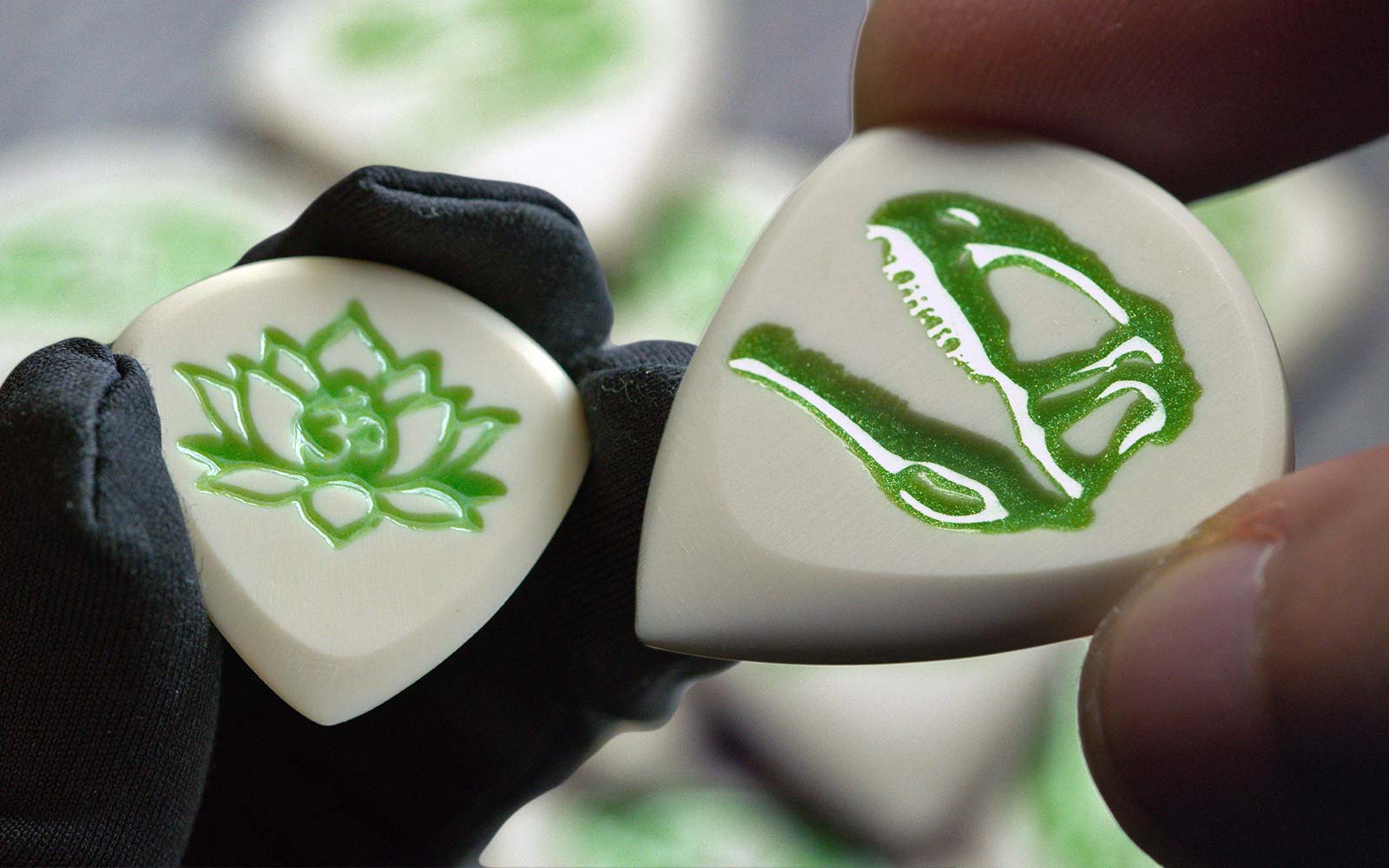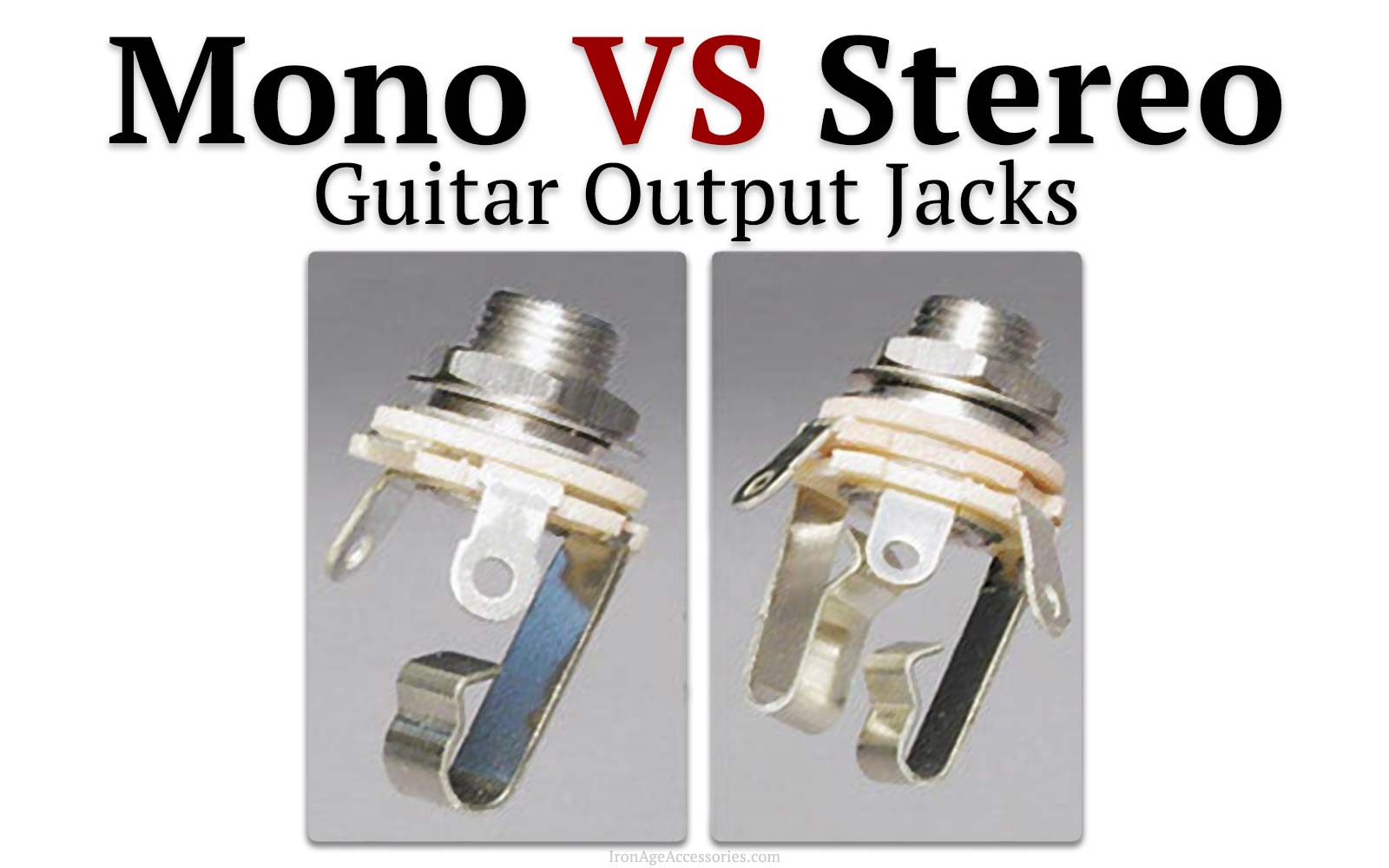Normally Closed vs Normally Open Guitar Kill-Switches
by Alex Rodea June 11, 2024
One of the most confusing aspects related to guitar killswitches is if they're normally open or closed. "Normally closed vs normally open" These two terms seem to be always flopping around as to which is which.
You'll find the topic on a forum say one thing, and another post say another. Are you thinking about adding a kill-switch to your guitar anytime soon?
We're gonna clear things up for you on how to install each one & cover some of the basic electronic knowledge that is involved.

2 Types of Switches
Normally Closed Switches
Normally Closed (NC) switches are electrical devices that are typically in a closed state, allowing current to flow through the circuit when they are not actuated.
The switch consists of two contacts that are physically connected, creating a closed circuit. When the switch is actuated or pressed, the contacts separate, breaking the circuit and interrupting the current flow.
NC switches find common applications in safety systems, emergency stop buttons, and circuits that require a default closed state. They offer inherent safety by ensuring continuous power supply under normal conditions, and when activated, they quickly halt the current flow, triggering safety measures or alarms.
However, NC switches may not be suitable for applications that require a default open state, as they need active input or activation to break the circuit.
When it comes to guitars, these switches tend to be a bit less sophisticated in construction. They are typically installed on either the positive or ground wire for the pickups.
You basically cut either one of these wires, and connect the two ends to each of the electrical contacts on the switch. This also means that the guitar signal is now flowing through the switch itself which could potentially have an effect on the guitar signal itself.
Normally Open Switches
Normally Open (NO) switches are electrical devices that are typically in an open state, interrupting the flow of current in a circuit when they are not actuated.
The switch consists of two contacts that are not connected in their default state, creating an open circuit. When the switch is actuated or pressed, the contacts come together, closing the circuit and allowing the current to flow.
NO switches find common applications in various devices such as doorbells, lighting systems, and push-button controls. They are used in situations where the circuit needs to be open by default and closed when the switch is activated. One advantage of NO switches is their simplicity and ease of use.
They are also suitable for applications that require a momentary contact or a temporary connection. However, a drawback is that if there is a power failure or technical issue, the circuit will remain open, interrupting the current flow until the switch is actuated again.
In relation to guitars though, normally open switches do not interact with the guitar's normal functioning as far as the signal is concerned. The switch circuit essentially just "floats" until the button is pressed into the closed position and then all it does is ground out the guitar's signal. Otherwise, there's no effect to the tone.
How "NC" & "NO" Switches Work
A normally closed (NC) switch is installed in SERIES & works by creating a gap in your signal path when pressed.
In electronic terms, this type of switch creates its opposite, which is an "open". You can think of this like a drawbridge that lets traffic through at all times, but when a ship approaches (or the button is pressed), the bridge folds up & traffic stops flowing through.
It's only until the ship passes (or the button is released) that the normal flow continues.

A normally open (NO) switch on the other hand, is installed in PARALLEL & works by grounding out your pickup's signal as soon as it's pressed.
Again in electrical terms, this type of switch creates its opposite, which is a "short" instead of an "open".
The rule with electricity, is that it follows the path of least resistance. In a guitar, the signal starts at the guitar jack & also ends at the jack after traveling through the potentiometers, pickups, and other electrical components.
By creating a short at the jack, you essentially make a jumper. This jumper allows the signal to exit as soon as it enters, it creates a shortcut whereas the signal doesn't even reach the pickups.
In the end, electricity would rather take the easy way out than have to go through all those pickup windings, resistors, and capacitors. The path of least resistance.
Related: Guitar Jack FAQ
Series vs Parallel In General Electronics
In electrical circuits, series and parallel connections are two fundamental ways to connect components.
In a series circuit, components are connected sequentially (series), with the current flowing through each one consecutively. The total resistance is the sum of individual resistances, and the same current passes through each component.
In a parallel circuit, components are connected in branches (parallel), with each having its own path for current flow. The voltage across each component is the same, but the current divides among them.
Series circuits are used when components need to share current, while parallel circuits are suitable for components requiring the same voltage but independent operation.
Related: How To Troubleshoot A Guitar Jack
How These Switches Are Wired
So to give you a visual representation, here's what a NC switch looks like when it's installed correctly (in series).
As soon as you press the button, the little draw bridge opens & signal is interrupted.

Below is how a NO switch looks like after being installed in parallel.
Notice that when the button is in its resting position, the signal flows as usual.
When the button is pressed however, the signal takes the shortest path back home & ignores the pickups.

BEWARE: Wiring a NC in parallel or a NO in series, will result in your killswitches working in reverse!
Related: Guitar Kill Switch FAQ
That means the only time you guitar will make a sound is when the button is pressed. Don't worry if this happens right off the bat, perhaps a simple wire swap will fix the issue.
I hope that dispels the myths about NO vs NC, If you're about to install one of our killswitches, note that they're all normally open (NO) so please wire them in accordingly.
Once you get your kill-switch wired, you'll be set to enjoy a whole new aspect to your playing. Crank that amp & let your fingers soar, don't forget to unleash a barrage of staccato "machine-gun" effects here and there!
It's real fun to integrate into your everyday playing & opens the door to new creative possibilities.
Also in Iron Age || General Blog

The 3 Best Engraved Guitar Picks to Personalize Your Playing Experience
by Alex Rodea March 20, 2025
Engraved guitar picks add both style and function, offering extra grip and a personal touch with custom initials, logos, or messages. Whether you're looking for a unique gift or a pick that stands out, check out our top choices and grab your first engraving for free with code...

Guitar Jack Not Working? Here's A Few Easy Steps To Fix Crackles & Pops
by Alex Rodea March 19, 2025

Mono vs Stereo Jacks: Key Differences & How to Wire Them
by Alex Rodea March 06, 2025

The Best Acoustic Guitar Picks: Tips & Considerations For Newbies
by Alex Rodea March 06, 2025

The Best Guitar Picks For Bass: A Guide To Help You Choose
by Alex Rodea March 05, 2025

What is a Fret Wrap, String Muter, or String Dampener?
by Alex Rodea March 05, 2025
+Iron Age Blogs
For the latest news & announcements, check out our News & Updates Blog
For tips, tricks, & other informative articles, check out our General Guitar Blog
Become a newsletter subscriber to get the latest info on new blog articles, receive exclusive promo codes, and be notified of upcoming giveaways!
+Recent Articles
-
The 3 Best Engraved Guitar Picks to Personalize Your Playing Experience
March 20, 2025
-
Guitar Jack Not Working? Here's A Few Easy Steps To Fix Crackles & Pops
March 19, 2025
-
Mono vs Stereo Jacks: Key Differences & How to Wire Them
March 06, 2025
-
The Best Acoustic Guitar Picks: Tips & Considerations For Newbies
March 06, 2025
-
The Best Guitar Picks For Bass: A Guide To Help You Choose
March 05, 2025
-
What is a Fret Wrap, String Muter, or String Dampener?
March 05, 2025
-
Guitar String Names & How To Memorize Them
March 05, 2025
-
How To Make Wooden Guitar Picks: Ebony Spearhead
March 05, 2025
-
Top 3 Best Guitar Picks For Grip: Iron Age Edition
March 05, 2025
-
Are Guitar Picks Necessary? Exploring the Pros, Cons, and Playing Styles
March 05, 2025
+Affiliate Notice
Iron Age is a participant in the Amazon Services LLC Associates Program, an affiliate advertising program designed to provide a way for websites to earn advertising revenues by advertising and linking to Amazon.com
Iron Age Guitar Accessories
226 Douglas Way St
San Antonio, TX 78210
USA
⚔️
“Quality is never an accident. It is always the result of high intention, sincere effort, intelligent direction and skillful execution. It represents the wise choice of many alternatives.”
~William A. Foster (MOH Recipient, 1945)
Sign up for the Iron Age newsletter to Save 15% on your 1st order, plus get exclusive offers, product updates, and early access to giveaways!
© 2025 Iron Age Guitar Accessories.
Est 2015.


Alex Rodea
Author
Founder of Iron Age, my guitar journey began in 2006, fueling a passion for crafting premium guitar accessories that embody timeless style & innovative expression. Through my Stay Tuned Guitar site I also share tips & info for new guitarists, offering everything from beginner tutorials to DIY tips & general music knowledge.